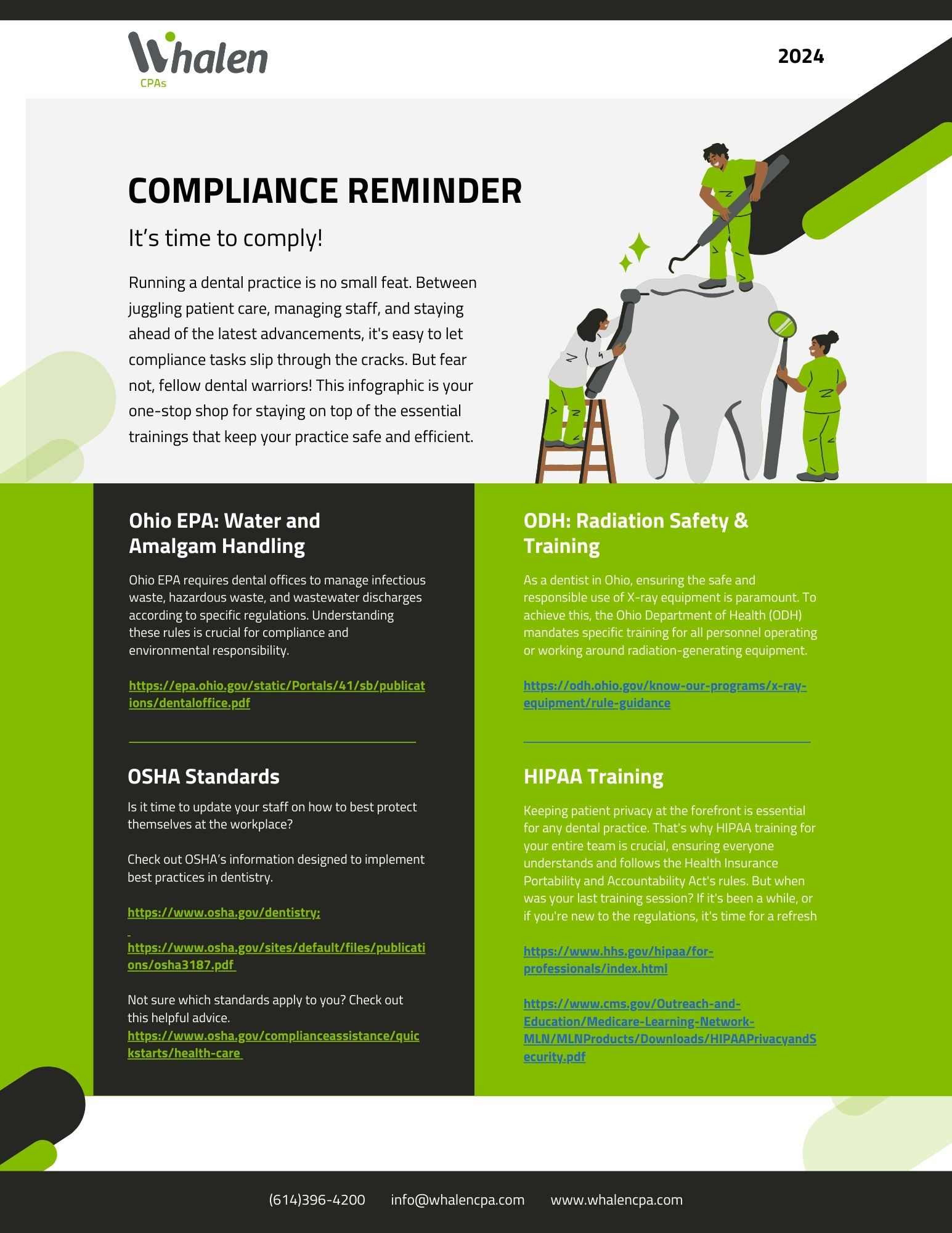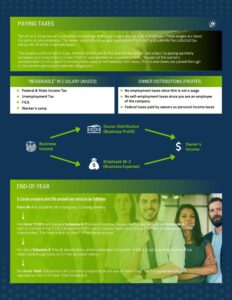Auditing revenue recognition
The top line of an income statement for a for-profit business is revenue (or sales). Reporting this line item correctly is critical to producing accurate financial statements. Under U.S. Generally Accepted Accounting Principles (GAAP), revenue is recognized when it’s earned. With accrual-basis accounting, that typically happens when goods or services are delivered to the customer, not necessarily when cash is collected from the customer.
If revenue is incorrectly stated, it can affect how stakeholders, including investors and lenders, view your company. Inaccurate revenue reporting also may call into question the accuracy and integrity of every other line item on your income statement, as well as amounts reported for accounts receivable and inventory. So, auditing revenue is an essential component of a financial statement audit.
Audit standards
Under GAAP, you typically must follow Accounting Standards Codification (ASC) Topic 606, Revenue from Contracts with Customers. This standard went into effect in 2018 for calendar-year public companies and 2020 for calendar-year private entities. It requires more detailed, comprehensive disclosures than previous standards.
Under ASC 606, there are five steps to determine the amount and timing of revenue recognition:
- Identify the contract with a customer.
- Identify the performance obligations in the contract.
- Determine the transaction price.
- Allocate the transaction price to the performance obligations.
- Recognize revenue when the entity satisfies the performance obligation.
When auditing revenue, auditors will analyze your company’s processes, including the underlying technology and internal controls, to ensure compliance with the rules. The goals are to ensure that your process properly records every customer obligation accurately and that revenue is reported in the correct accounting period.
Audit procedures
During fieldwork, auditors will scrutinize internal controls related to every phase of a customer contract, the appropriate segregation of duties, and the accounting processes governing the booking of revenue in the appropriate periods. They’ll also select a sample of individual customer transactions for in-depth testing. This may include reviewing contracts and change orders, inventory records, labor reports, and invoices to ensure they support the revenue amounts recorded in the general ledger. In addition to helping validate your revenue recognition process, testing individual transactions can uncover errors, omissions, and fraud.
Auditors will also analyze financial metrics to root out possible anomalies that require additional inquiry and testing. For example, they might compute gross margin (gross profit divided by revenue) and accounts receivable turnover (revenue divided by accounts receivable) over time to evaluate whether those ratios have remained stable. They might compare your company’s ratios to industry benchmarks, too, especially if demand or costs have changed from prior periods.
Eyes on the top line
Stakeholders — including investors, lenders, suppliers, customers, employees, and regulatory agencies — use the information included in financial statements for many purposes. If your revenue recognition process is flawed, it tends to trickle down to other financial statement line items, compromising the integrity of your financial statements. So, it’s important to get it right. Contact us to discuss audit procedures for revenue and ways to improve your revenue recognition process.






